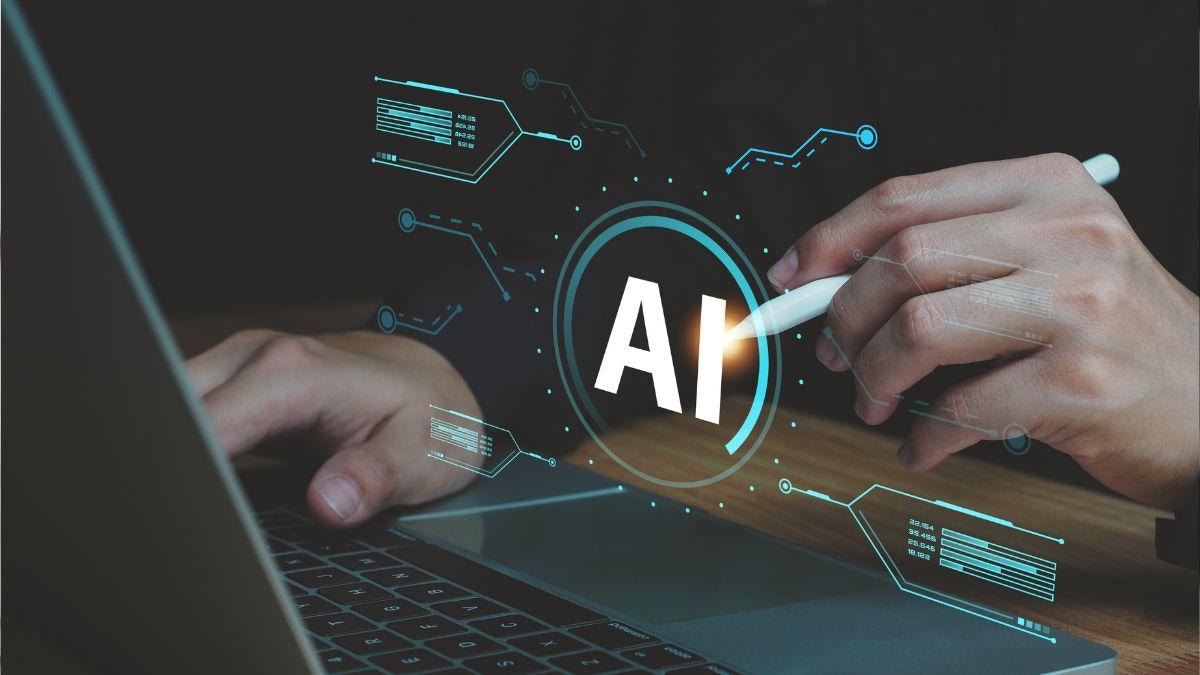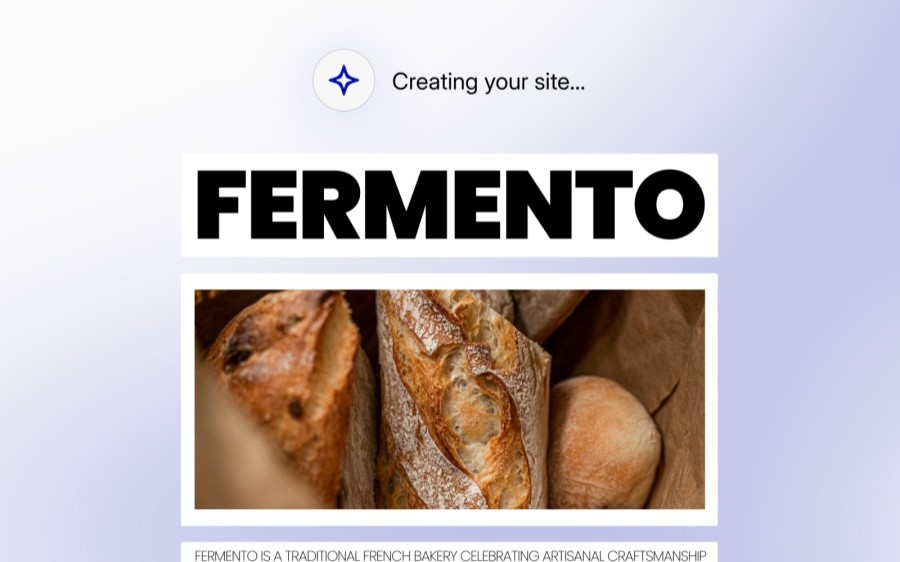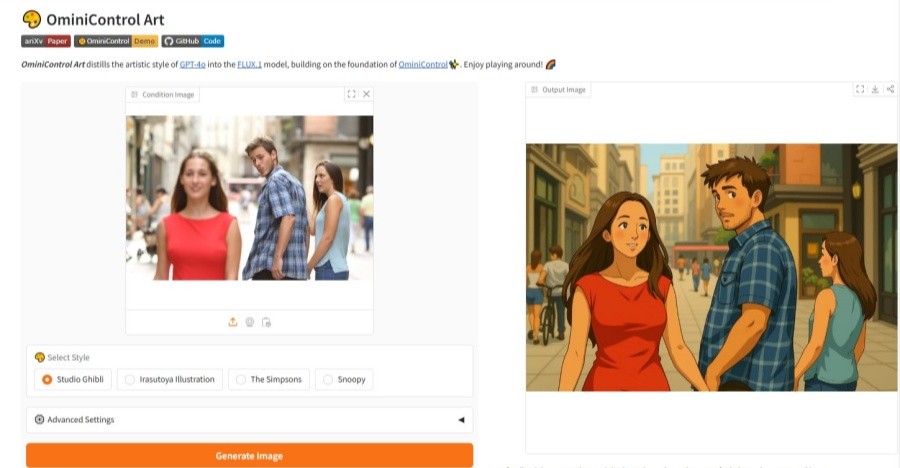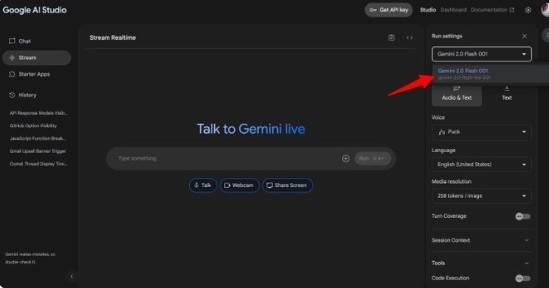At a time when generative AI accelerates the disruption of the content ecosystem, publishing institutions around the world are actively exploring ways to cooperate with artificial intelligence companies to establish new revenue channels. Emerging business models such as content licensing, advertising sharing, and billing by citation are constantly emerging, trying to find a balance between content value and technological innovation.
This is not only about profitability, but also a key choice for the publishing industry to survive and develop in the AI wave.

One of the most mainstream cooperation models at present is that publishers authorize their content to AI companies for model training. Such collaborations often involve high compensation of millions of dollars.
For example:
OpenAI signed a content licensing agreement with Schibsted, a parent company of The Guardian and the New York Daily News, and is rumored to bring up to $5 million in revenue to the publisher every year.
These collaborations are also used for internal tool development, such as intelligent summary and automated editing assistance systems, further improving content efficiency and influence.
advantage :
Get stable income
Improve brand exposure and content visibility
Can promote the upgrade of its own AI technology application
challenge :
How do AI companies evaluate content value?
Can the content still bring back real user traffic after it is used?
Is the scope of authorization clear? Will it affect long-term copyright control?
For emerging publishers who are considering content licensing for the first time, understanding the terms of the agreement and retaining the ownership of the content is the first step in protecting their own rights and interests.
Compared to one-time buyout licenses, advertising revenue sharing is becoming a more attractive solution for small and medium-sized publishers.
For example:
AI search engine Perplexity launches a mechanism for sharing advertising revenue after content citations.
ProRata is testing the "pay by use" model, and the publisher's account is divided according to the actual number of citations in the content.
The advantage of this method is that it has low thresholds and flexible returns, and publishers do not need to fight against giants at the negotiating table. However, there are still many questions about whether it can bring sustainable traffic and profitability .
Especially in the current stage where AI search has not yet formed a stable business closed loop, advertising share often can only provide limited returns.
The biggest uncertainty for publishers is not the technology itself, but:
How to ensure that the content still retains its original source and diversion path after it is cited and used?
Can you obtain sufficient transparent usage data and clear copyright boundaries in cooperation?
This is the core demand that many institutions have put forward when facing AI companies: technology can cooperate, but content sovereignty cannot be sacrificed.
In the future, a more flexible and transparent billing model and the "content chain trackable" mechanism may become the key to deepening cooperation between the two parties.
If you are a newbie who is just entering the media industry or studying content commercialization, you can start from the following points:
Understand the differences in major collaboration models (such as one-time authorization vs advertising share)
Learn how to evaluate the actual value and citation potential of content
Pay attention to whether the AI cooperation platform provides data feedback and transparent mechanisms for attribution
Try small-scale content experiments to reduce risks and verify results
At this stage, what is more important than "before signing a contract" is to "clear your own content value."
AI is reshaping the rules of the media industry. Instead of resisting, it is better to take the initiative to participate and explore profitable methods that are suitable for your own body and content characteristics.
Content licensing is suitable for mature media players, and advertising sharing and payment are more suitable for small and medium-sized institutions or independent publishers. Whether you can ultimately benefit from this change depends on whether the publisher has a clear content strategy and copyright awareness.
In the future, the two-way model of " AI borrows content and feeds back to AI " may become the new normal.



